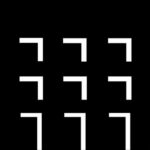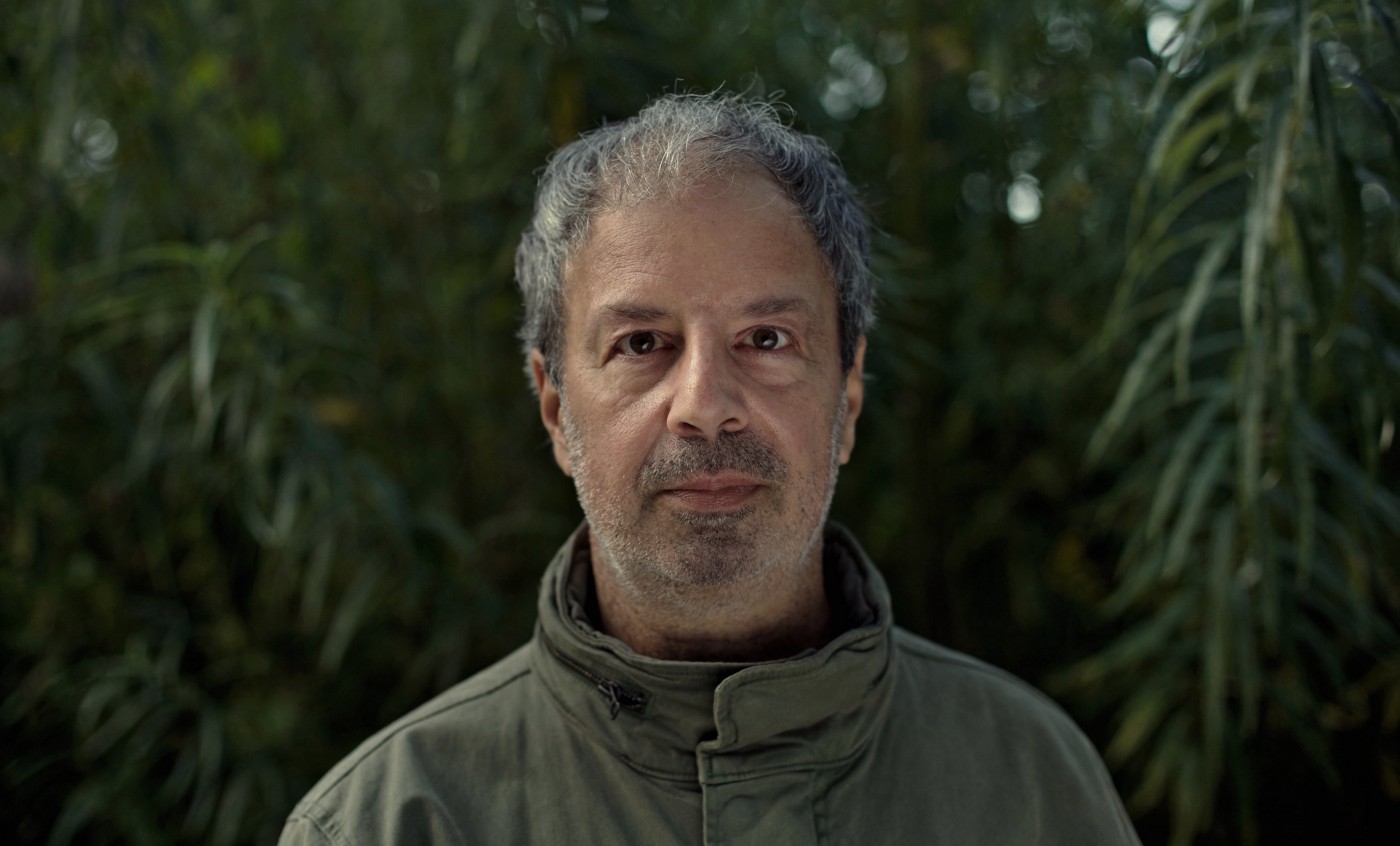Knekelhuis dialogues #2 — Michel Banabila
November’s dialogue with Dutch electronic music veteran, composer and sound artist Michel Banabila. His musical output includes minimal loop-based electronica, Fourth world and neoclassical pieces, to drones, experimental ambient, and punk tape music.
Michel shares with us where his early inspiration comes from, the purpose of the music and his upcoming album Echo Transformations.
When did you start composing music — and what were your early influences?
Everything started with listening… to music and sounds around me in general. I think I was 18 when I heard about 8 track studios in Amsterdam. My first recordings were lost, but I got very excited about the recording possibilities I encountered. Then in 1983, I started a series of recordings together with contributions by friends from my neighbourhood that were (self) released on an LP entitled Marilli.
I improvise during a recording on the spot, I do not ‘write’ music. But before I start, I love to collect things, whether these are found objects, tapes, or instruments I want to use. The only preparation I can think of is focussing on an atmosphere, an image, a place, or a feeling, an emotion, that will be the source of inspiration for the piece, or become the trigger that makes me want to record something.
I listened to a variety of music those days, from Mr. Hands by Herbie Hancock, to Folklore Du Senegal — Vol 1 by Abdoulaye Idi Seck, Music for 18 Musicians by Steve Reich, Forgotten Fantasies By Dave Liebman & Richard Beirach to Music for Films by Brian Eno. One fine day I was invited by Richard Zeilstra (aka Genetic Factor) who played tracks from Marilli in Spleen, a Dutch (VPRO) radio show. He knew many many musicians, had an enormous CD and vinyl collection and made a lot of mixtapes for me. That way I discovered music from artists like Sussan Deyhim & Richard Horowitz, Meredith Monk, Jon Hassell, Jah Wobble, Michael Brook, and Holger Czukay, which truly impressed me. Above all, My Life In The Bush Of Ghosts by Eno & Byrne, Canaxis by Holger Czukay & Rolf Dammers, and Fourth World Vol. 1 — Possible Musics by Hassel & Eno became a huge inspiration and were my influences.
And who are the producers that influence you nowadays?
The answer is probably not very surprising; Brian Eno, Holger Czukay, Jon Hassell. Listening to them feels like you are entering a whole new world or the suggestion of possible new worlds. A sense of wonder. Also, the idea that anything, any sound, not just musical instruments, can be handy and have meaning. Furthermore, an album that had an enormous impact on me was Desert Equations: Azax Attra by Sussan Deyhim & Richard Horowitz on Crammed Discs. I once saw them live in Amsterdam… And these last few years I am also heavily influenced by two frequent collaborators and friends; Rutger Zuydervelt (aka Machinefabriek) and Oene van Geel.
What is the most important purpose of music?
Personally, for me, listening and making music keeps me sort of balanced. I can feel nervous or down, and music brings calm and gives reflection and a sense of hope. Don’t know if this sounds weird or makes any sense… but what I especially love is when I am focused on something while working on a piece, is that I can reach a state of mind where suddenly all sorts of things I need or were looking for, come to me, like magic. It can be sounds from outside because my window was open, or an old rediscovered sample, or some chords I play on the keyboard that suddenly seem to fit in, or something different than I was looking for but stumbled upon just by accident, anything… I like that state of mind, and the surprises that come with it, which seems to create possibilities with little effort.
As for the purpose of music to others; I like the idea of an artist communicating without words… Most music I listen to is instrumental. I love songs of course but I guess it’s music without existing language I am most interested in. When a piece suggests an imaginary place or shares an emotion that will be hard to describe with words.
There’s a massive change in the music industry. How have you experienced that as an artist?
I do not understand much of the music industry. I am commercially not very successful, have never been, but I hope I can continue what I am doing really. I had a serious illness in 2018, which had a lot of effects also on my work, I lost a big assignment and missed a lot of money because of that. Then in 2019 I was cured, sooner than expected, and had new assignments for dance in the US, which looked promising, in the meanwhile somebody helped me to release a 2LP vinyl independently, with music composed for dance works, and I was super happy about all of that, but then we had the worldwide situation of pandemic and everything stopped. On the positive side: it seems there are suddenly labels interested in my recordings, to create their compilations with my music and release it on vinyl, which is wonderful. Séance Centre did a great job with Trespassing in 2017 and recently Bureau B as well with Wah-Wah Whispers. In the last few months finally new assignments are coming in again.
Could you describe how do you create music?
I do not have one specific method of working. Just start and see where it goes. Usually sooner or later there is a moment where I suddenly see what can be done. And I also need to do things for others, during that process something that I want to explore further can also be encountered.
There is a database, with things I played, samples I made, field recordings, experiments with studio toys, or recordings from acoustic improvisations by friends. I love combining things and see how they can match or clash, and how to work from there. I often use my voice a lot too. Recently several people asked ‘what filter’ or ‘what plugin’ is used to create these alien vocal sounds. In fact they are often made with different processes. I do love to regularly check how something sounds a lot lower or higher, by transposing it with a sampler, and then editing or timestretch it. Some sounds or instruments keep returning during all these years, like piano, kalimba, wah-wah pedal, Roland space echo, ocarina, melodica, vocal fragments, field recordings (specially bird sounds). Then there are sounds I no longer use because I don’t have the instruments anymore (my old harmonium, Ensoniq EPS 16+ sampler, Korg MS1). I use a lot of software instruments too nowadays, especially for assignments. Something I use as well the last few years, is the Qu-Bit Nebulae sampler. It provides a lot of fun and new sounds.
Your new album, Echo Transformations, is set to drop on 13th December. What can you tell about this album?
It’s hard to find labels to release my music, and I release a lot myself, like albums, but also single tracks, usually just digitally. When Mark contacted me to discuss an album for Knekelhuis, I proposed a collection of recent recordings, with a clear emphasis on the fourth world music genre and ambient. He agreed, the idea was good, but it was not enough for a whole album, so I decided to record new work to complete it. I never thought I would go back after all these years on the combination of balafon and synthesizer, but I enjoyed doing it, with A2 even presenting my first Dub recording, and I am particularly happy with the title song, which is a short track, with a strong melancholic feel in it. On top of that, it was really great to work with Mark van de Maat and receive such beautiful artwork and a video from Keziah Philipps.
Listen to the single MltVz 5 here or pre-save the upcoming album Echo Transformations to your Spotify library here.
Picture by Jacky van Dijk

